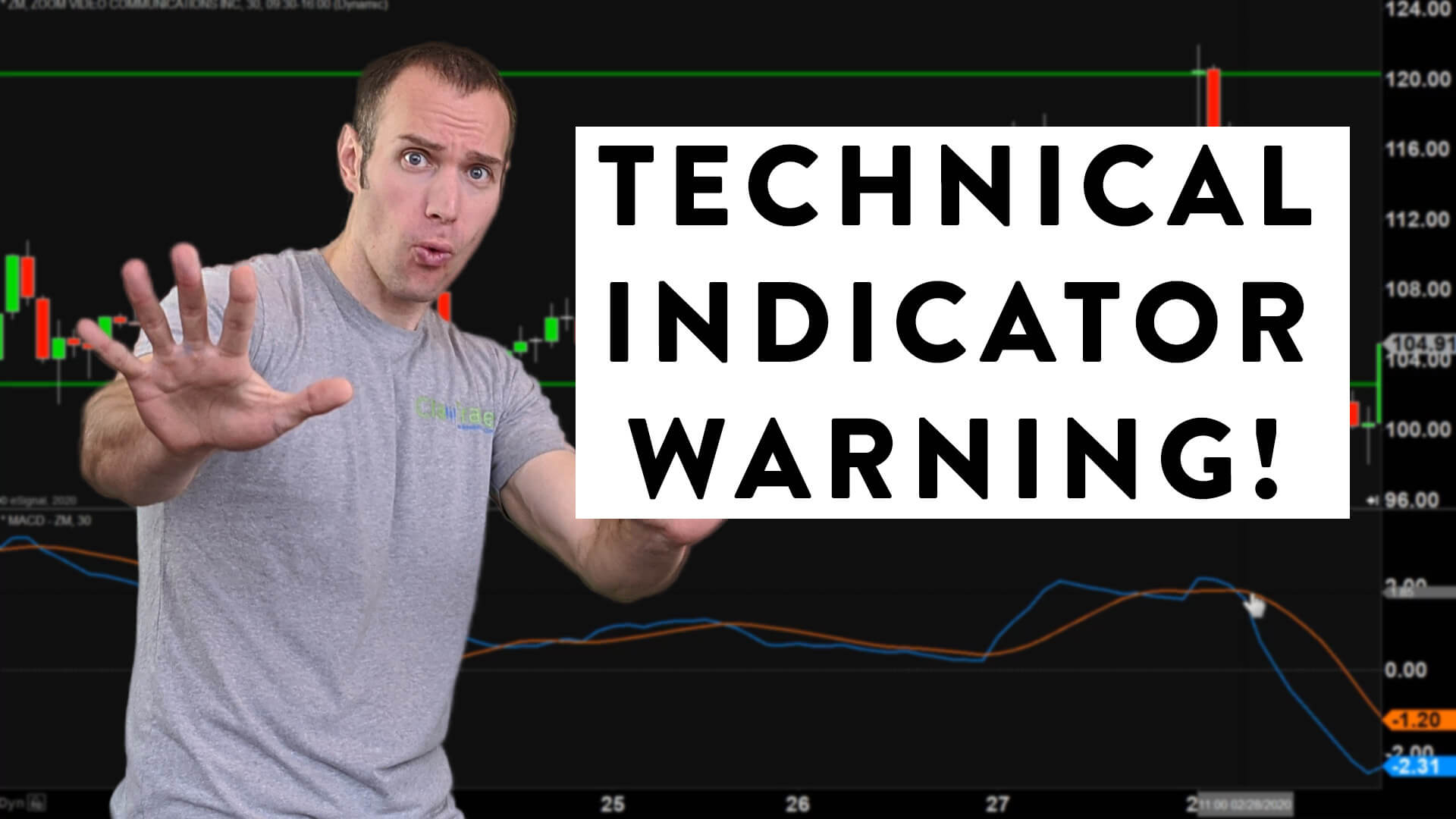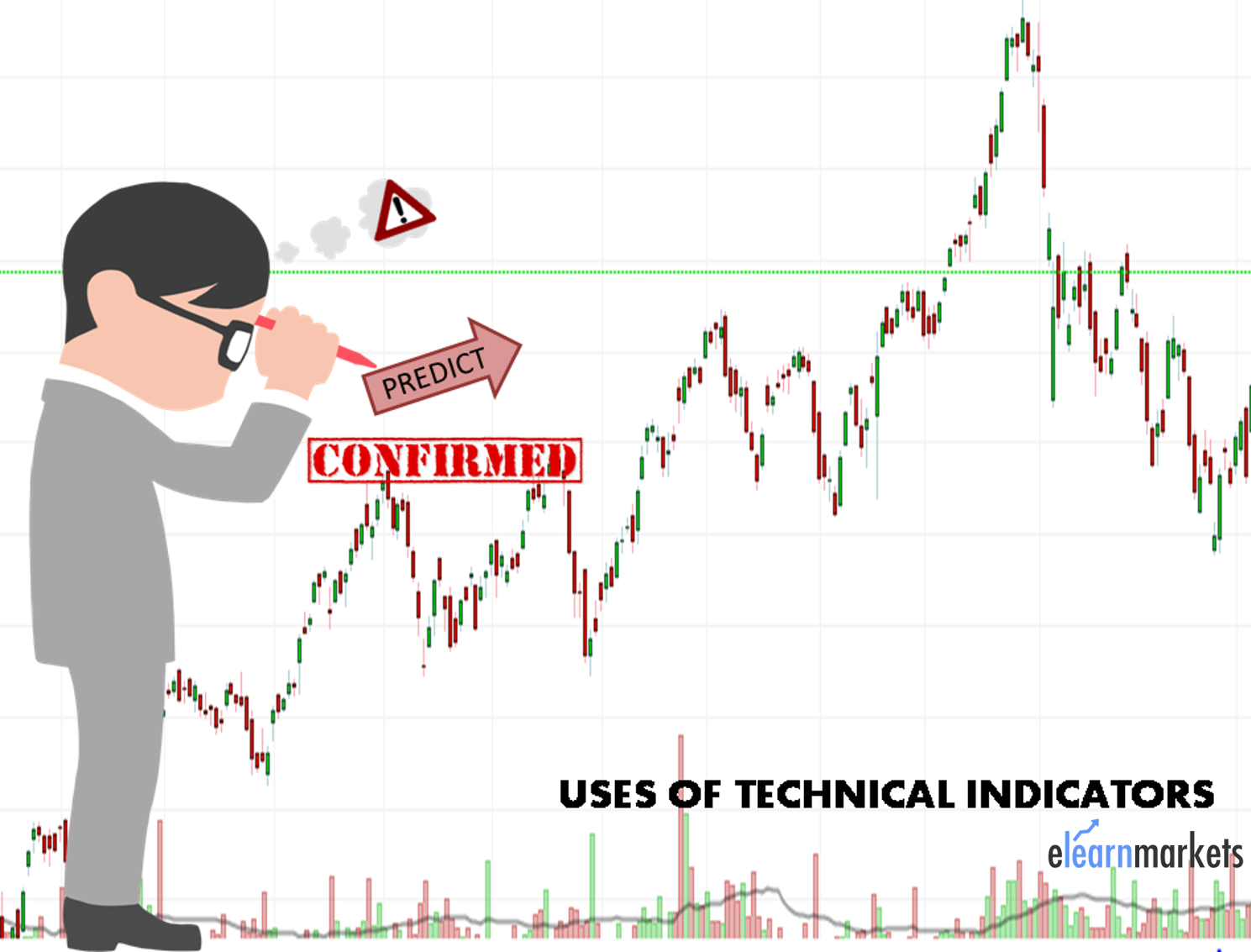Introduction
Imagine navigating a financial maze without a compass. That’s precisely the predicament faced by option traders who trade without technical indicators. In the intricate world of option trading, where volatility and uncertainty abound, technical indicators serve as invaluable tools, helping traders decipher price movements and make informed decisions. These indicators analyze historical and market data, providing insights into potential price changes and helping traders capitalize on market trends. Especially for beginners, technical indicator option trading is a must-know to make profitable decisions.

Image: claytrader.com
Technical indicators fall into several categories, including trend, momentum, volume, and volatility indicators. When combined with fundamental analysis and other strategies, technical indicators increase the probability of successful trades, reducing risk and maximizing profit potential.
Unveiling the Power of Trend Indicators
Trend indicators display the overall direction and movement of an asset’s price. They help traders identify profitable trading opportunities by signaling the continuation or reversal of a trend. Moving averages, such as the Simple Moving Average (SMA) and Exponential Moving Average (EMA), smooth out price fluctuations, revealing the underlying trend. Traders can also use trendlines to establish support and resistance levels, indicating potential trend reversals.
Harnessing Momentum Indicators for Smart Trades
Momentum indicators assess the strength and direction of price movements, highlighting potential trend continuations or reversals. The Relative Strength Index (RSI) measures the magnitude of recent price changes, indicating whether an asset is overbought or oversold. Traders can use Bollinger Bands to identify potential overbought or oversold conditions and volatility breakouts. Momentum indicators help traders identify opportunities to capitalize on strong price moves, maximizing potential gains.
Utilizing Volume Indicators for Informed Decisions
Volume indicators measure the number of trades or contracts executed within a specific period, providing insights into market sentiment and liquidity. High volume often accompanies significant market moves, indicating strong conviction among traders. Volume indicators, such as the On Balance Volume (OBV), help traders identify areas of accumulation or distribution, shedding light on potential trend reversals. By incorporating volume into their analysis, traders can make informed decisions about entry and exit points.

Image: www.pinterest.co.uk
Mastering Volatility Indicators for Risk Management
Volatility indicators measure the magnitude and consistency of price fluctuations, assisting traders in assessing risk and identifying opportunities. The Average True Range (ATR) calculates the average range of true price movements, providing a measure of expected volatility. Traders can use volatility indicators, such as the Volatility Index (VIX), to gauge market sentiment and make informed decisions about risk management strategies. Understanding volatility helps traders adjust their trading strategies and minimize potential losses.
Combining Indicators for Comprehensive Analysis
The true value of technical indicators lies in their ability to complement one another, providing a comprehensive view of market conditions. Traders can design custom combinations of indicators based on their trading style and risk tolerance. For example, combining a trend indicator with a momentum indicator can identify strong trend continuations, while adding a volume indicator can confirm the reliability of a breakout. By harmonizing multiple indicators, traders enhance their analysis and trading decisions.
Enhancing Decision-Making with Backtesting and Optimization
To maximize the effectiveness of technical indicators, traders should consider backtesting their strategies on historical data. Backtesting involves simulating trades using historical price data to evaluate the performance of a strategy. It enables traders to refine their indicator combinations and risk management techniques. Additionally, traders can optimize their strategies by varying indicator parameters and backtesting results to find the most optimal settings for their trading goals.
Technical Indicator Option Trading

Image: www.elearnmarkets.com
Conclusion
Technical indicators are indispensable tools for option traders seeking to navigate the complexities of the financial markets. By providing valuable insights into price movements, trends, and market sentiment, technical indicators empower traders to make informed decisions, identify trading opportunities, and manage risk. Harnessing the power of technical indicators, traders can enhance their option trading strategies, increasing their chances of success and maximizing their profit potential. With the continued evolution of the financial markets, the importance of technical indicators will only escalate, making them an indispensable part of every trader’s toolkit.






